Editor’s note: 2017 was witness to a series of remarkable events in China — from the all-important National Congress of the Communist Party of China to the introduction of the country’s first general civil law, from the first domestically-produced large passenger plane to more high-speed rail networks. As the year draws to a close, let’s look back at the biggest stories from 2017 and consider what they mean for China’s future.
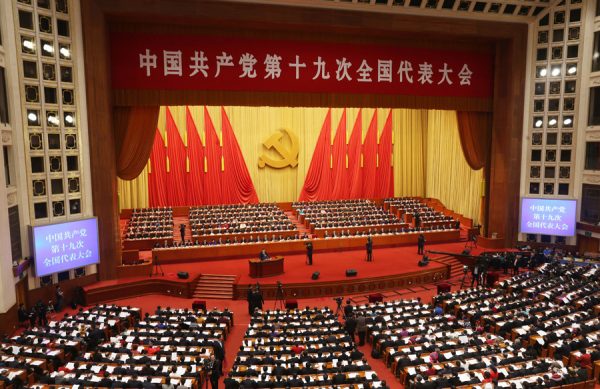
Party congress heralds new era
The twice-a-decade National Congress of the Communist Party of China was held in October, laying out the blueprint for the country’s development over the next five years and beyond.
In the report delivered at the 19th CPC National Congress, General Secretary Xi Jinping said the principal contradiction facing China has evolved, as socialism with Chinese characteristics has entered a new era.
The principal contradiction the country now faces is one between unbalanced and inadequate development and the people’s ever-growing needs for a better life. Previously, the principal contradiction was described as being between the ever-growing material and cultural needs of the people and backward social production.
In the report, the CPC has also drawn up a two-stage development plan for the period from 2020 to the middle of the 21st century to transform China into a great, modern socialist country.
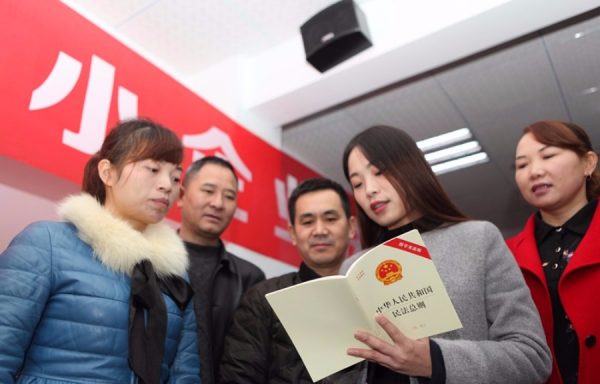
Civil code to enhance rights protection
As the opening chapter of China’s first comprehensive civil code, the General Provisions of the Civil Law took effect Oct 1.
The civil code, a dream of generations of Chinese legal professionals, is expected to better protect the property and personal rights and serve as an “encyclopedia” where people will be able to find answers if they encounter civil disputes.
The civil code, scheduled to be introduced in 2020, would unify laws related to non-criminal and non-administrative areas of the legal framework under a single piece of legislation.
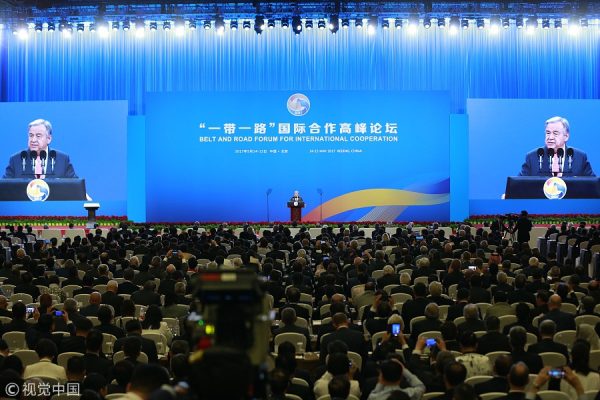
Forum charts blueprint for B&R Initiative
The First Belt and Road Forum for International Cooperation was held in Beijing in May. As the highest-level meeting of its kind since the Belt and Road Initiative was proposed in 2013, the event attracted heads of state and government of 29 countries and representatives from 70 international organizations and 130 countries.
At the forum, leaders pledged to build an open economy within the framework of the B&R Initiative and a list of more than 270 outcomes was formulated.
The initiative, comprising an overland Silk Road Economic Belt and a 21st-Century Maritime Silk Road, envisions reviving and enhancing the ancient Silk Road trade routes to create infrastructure, trade and people-to-people links between Asia, Europe and Africa.
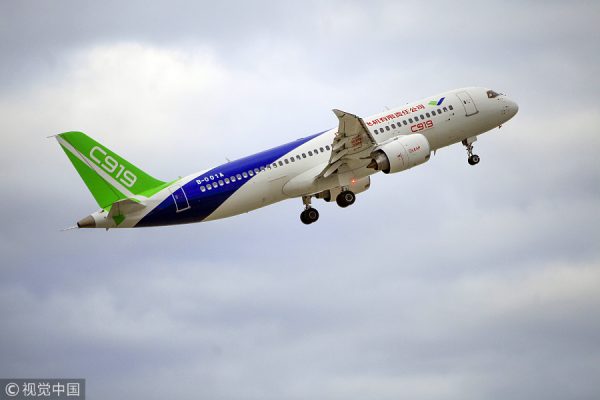
Made-in-China large passenger jet takes off
China’s first domestically produced large passenger plane, the C919, completed its maiden flight in May, marking a crucial step for the nation to become a force in global aviation by building its own aircraft with homemade engines.
The twin-engine C919 is for short and medium-haul flights. It has high aerodynamic efficiency, low operation and maintenance costs, low fuel consumption and low engine noise.

China announced it will establish the Xiongan New Area in Hebei province on April 1. The move is aimed at advancing coordinated development of the Beijing-Tianjin-Hebei region.
Situated about 100 kilometers southwest of Beijing, Xiongan is another new area of national significance, following the Shenzhen Special Economic Zone and the Shanghai Pudong New Area.
Called by President Xi a “major historic and strategic decision” that would be “crucial for the millennium to come”, the move will help phase out functions from Beijing not directly related to the capital and explore a new model of optimized development in densely-populated areas.
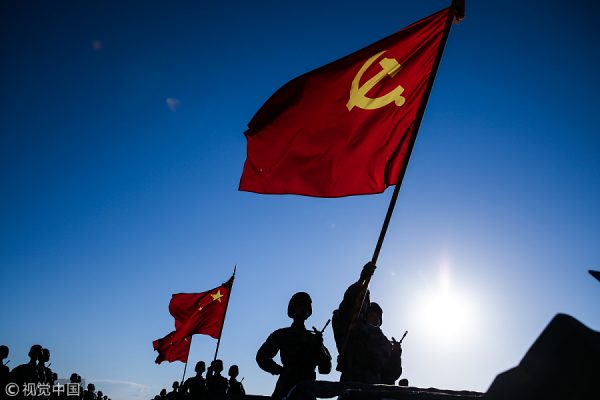
90th birthday of the PLA
This year marks the 90th anniversary of the founding of the People’s Liberation Army. For the first time, a large-scale parade was staged as part of commemorations to mark the founding of the PLA.
The parade was considered a review of the military reform Xi had masterminded and presided over since he assumed leadership of the CPC in 2012.
Xi inaugurated reforms amid a high-profile anti-corruption campaign within the PLA in 2015. In the same year, he announced a 300,000-person cut in PLA troops and an implementation plan for command system reform.
Since then, the PLA has made a profound change in structure and strategic thinking, getting closer to what Xi envisions as a leaner, more capable and world-class modern military.
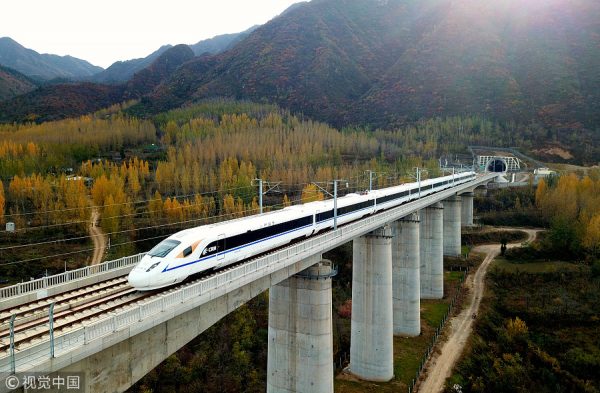
New arteries connect nation’s east and west
China’s high-speed rail network, the world’s largest, has seen several important lines open this year, as well as the introduction of new-generation bullet trains.
In July, a high-speed railway linking Baoji in northwestern Shaanxi province with Lanzhou, capital of neighboring Gansu province, was put into operation. The new route connects Northwest China to the national high-speed rail network.
In December, the first high-speed line to pass through the Qinling Mountains — the dividing line between China’s south and north — went into operation, connecting the two historic cities of Xi’an and Chengdu.
Moreover, China’s new generation bullet train Fuxing (rejuvenation), over which China has complete intellectual property rights, started running between Beijing and Shanghai in July.
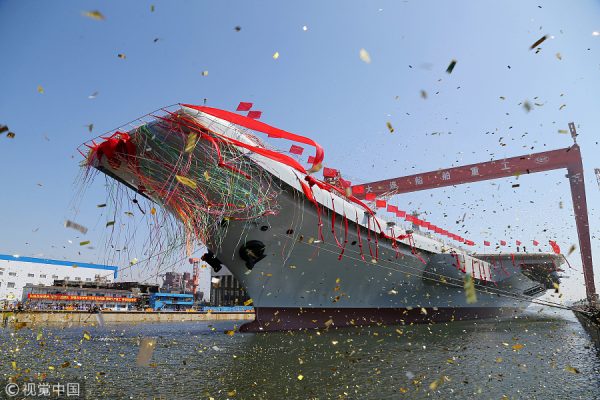
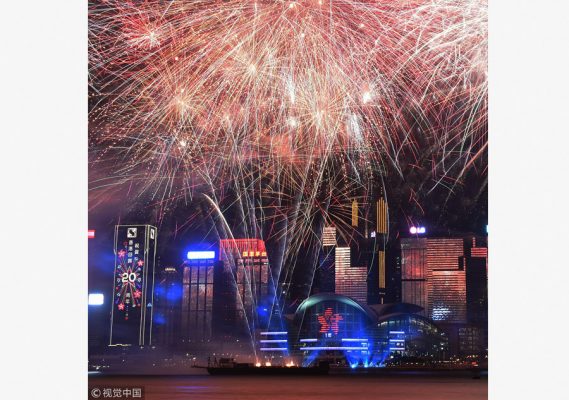
20 years since Hong Kong returned to motherland
July 1 marked the 20th anniversary of Hong Kong’s return to China and the establishment of the Hong Kong Special Administrative Region.
President Xi visited Hong Kong for celebrations and attended the inauguration of the fifth-term government of the HKSAR.
Xi reviewed the success of the “one country, two systems” principle — which allows Hong Kong to retain its capitalist system after the return — saying it offers a new way of thinking and a new formula for the international community in addressing similar issues.
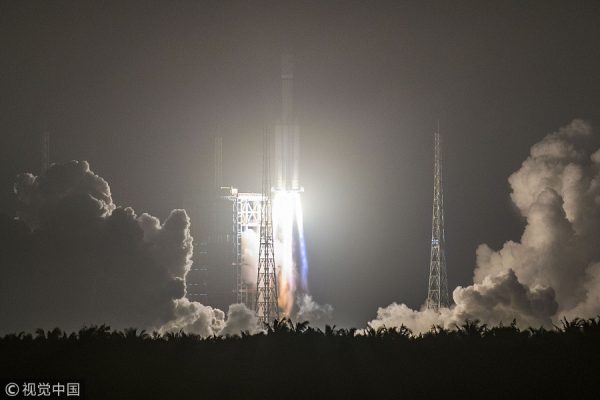
Tianzhou-1 paves road for space station
China launched its first cargo spacecraft in April on a mission to test technology designed for the nation’s planned manned space station.
The Tianzhou-1, China’s first cargo spacecraft, docked with the orbiting Tiangong-2 space lab to supply fuel and other items. The mission allowed scientists to test in-orbit resupply technology, essential to running a manned space station.
In the future, the Tianzhou series will be tasked with transporting supplies of fuel and other necessities to China’s manned space station, construction of which is set to begin next year.
With all the achievements China has made this year, we are confident the country will meet the target of building a moderately prosperous country by 2020 and move on to become a great modern socialist country by the middle of the 21st century. With that in mind, let’s say goodbye to 2017 and get ready to embrace the new year.


